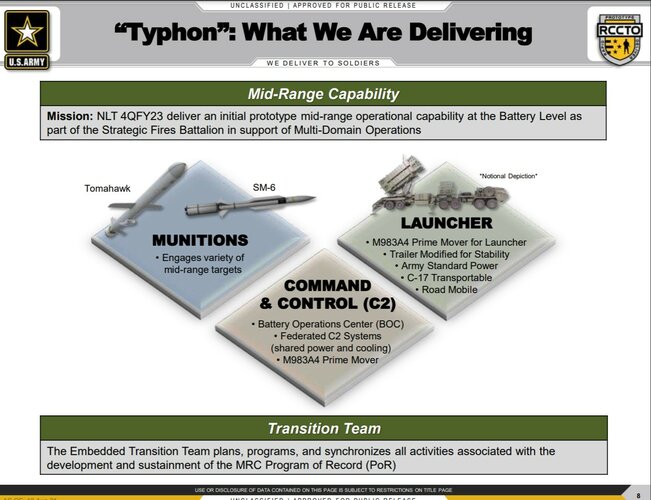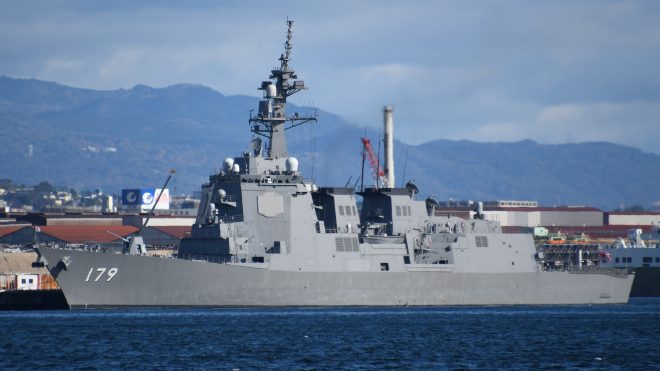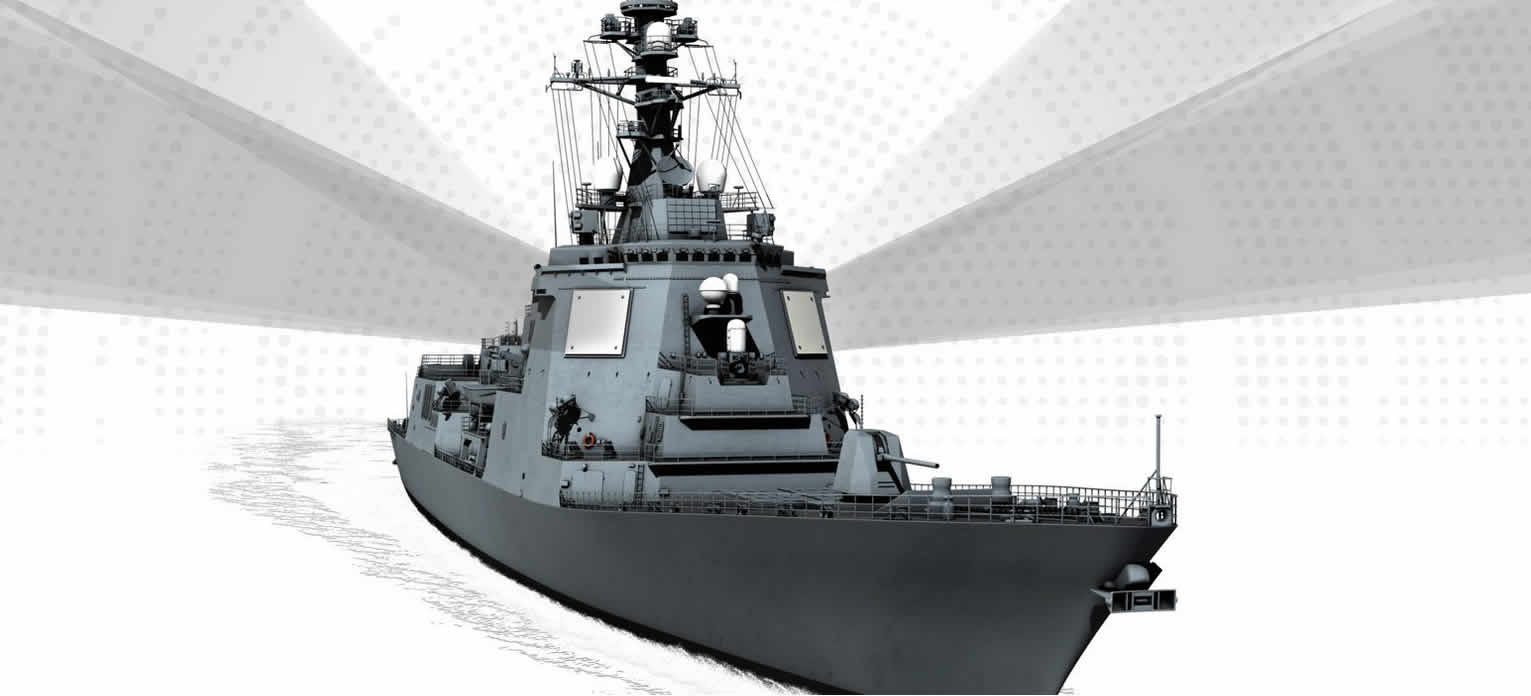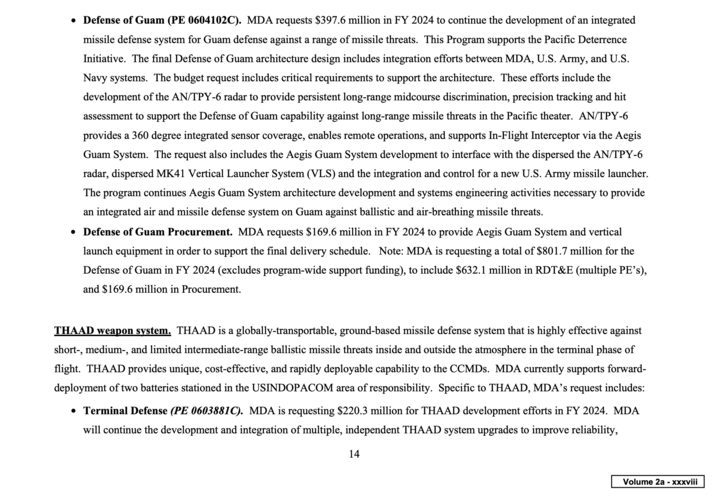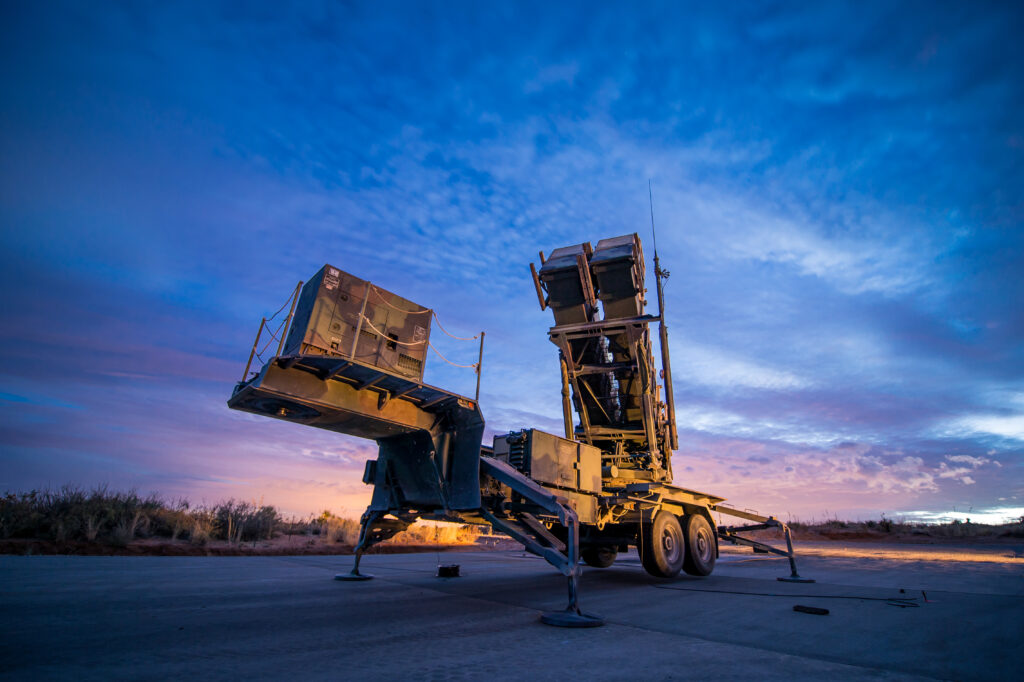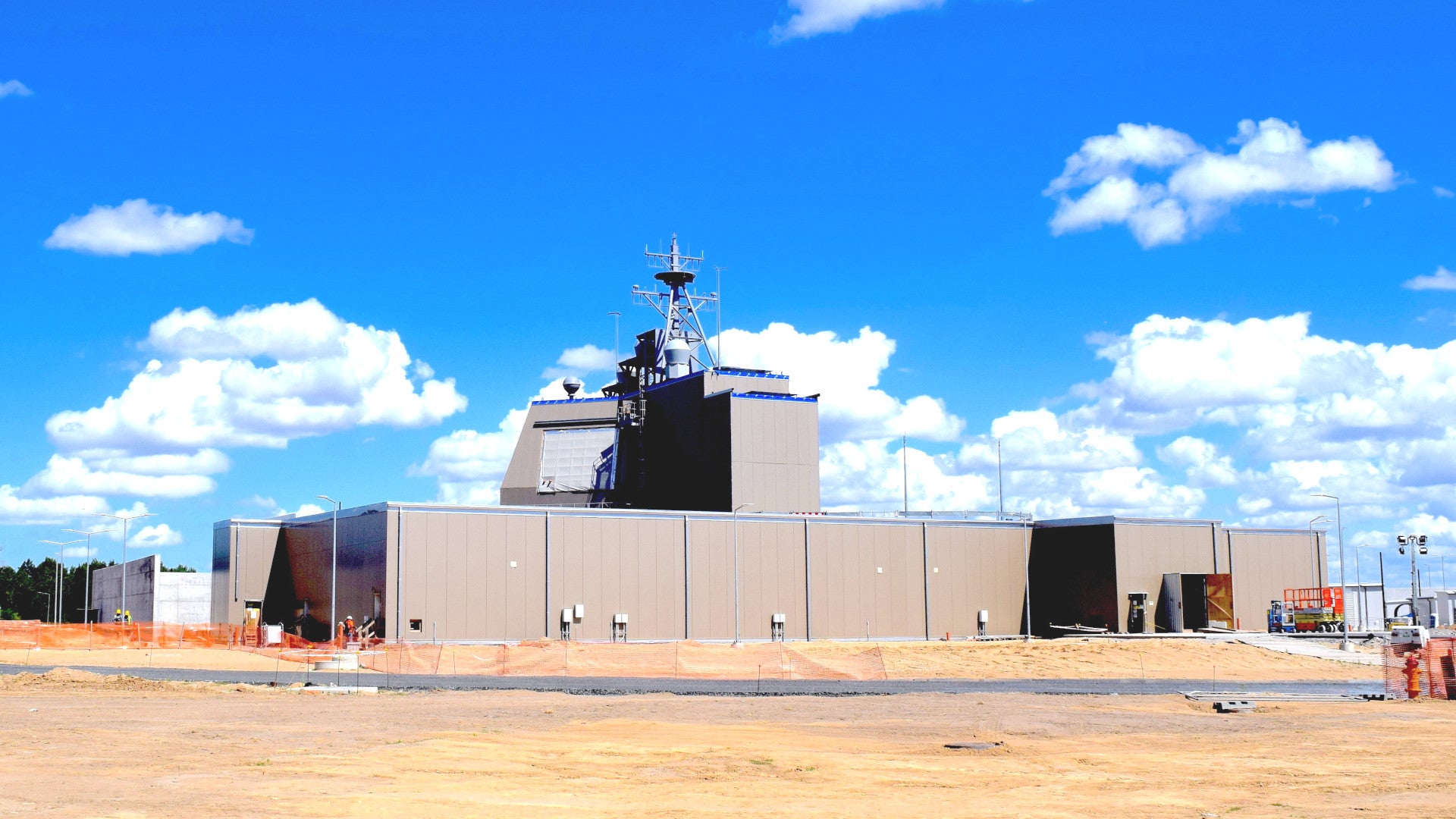It's actually just 24 cells, which is just enough to hold the number of interceptors needed for the missile defense role. The version of AEGIS used in Ashore (Baseline 9.B2) was specifically intended just for BMD. And I believe AA does not include terminal illuminators, which means it can't guide SM-2 or ESSM Block I. This was in 2015, when SM-6 was very new and ESSM Block 2 wasn't even available.
There were also some geopolitical calculations at play here. Russia was hugely angry about AEGIS Ashore, and the allies went to some length to show that the system was primarily intended to counter Iranian rather than Russian missiles. One part of that was not turning the systems into air defense complexes (Iran obviously posed no air threat to the sites in Poland and Romania.) Clearly, this is no longer a factor.
Okay, lack of illuminator radars is an issue I hadn't thought about, but makes sense for a base intended for pure SM-3 loadout.
And having only 24 cells per AA base means that they'd definitely have to add more cells.
I'd be such a big jerk to Russia as to build a new pair of 64-cell sets, spaced enough that none of the construction work would block the existing cells, and then once at least one block of 64 was installed and loaded, go back and expand the 24-cell block to a 64-cell unit (since it's cheaper to have all the construction equipment there at one time). Total of 192 cells per site.
Makes for 24x SM-3
per set, 32x ESSM Block 2, and 32x SM-6, total of 72x SM-3, 96x ESSM, and 96x SM-6. SM2ER are
significantly cheaper (not sure I trust the pricing sources, but it's looking like on the order of $1.5m per missile cheaper, roughly 25% cheaper), but would require the installation of illumination radars. Might even make that 32x SM-3 and 24x SM-6, if they don't add illuminator radars to the base, for a total of 96x SM-3, 96x ESSM, and 72x SM-6.
Once that's completed, you basically say "what are you going to do about it, Vlad?"



